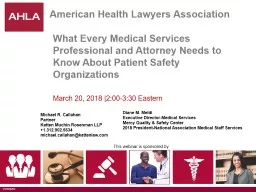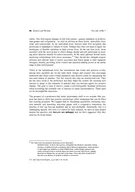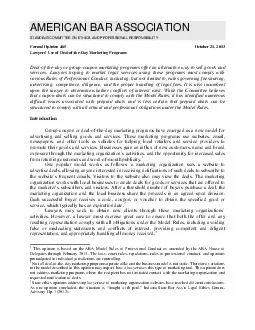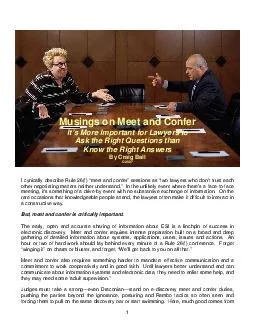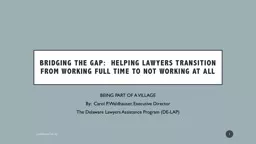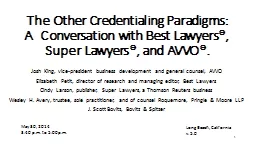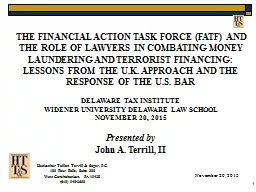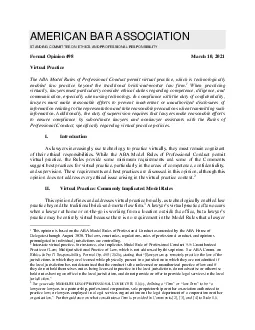PPT-American Health Lawyers
Author : faustina-dinatale | Published Date : 2019-11-23
American Health Lawyers Association March 20 2018 200330 Eastern This webinar is sponsored by Michael R Callahan Partner Katten Muchin Rosenman LLP 13129025634 michaelcallahankattenlawcom
Presentation Embed Code
Download Presentation
Download Presentation The PPT/PDF document "American Health Lawyers" is the property of its rightful owner. Permission is granted to download and print the materials on this website for personal, non-commercial use only, and to display it on your personal computer provided you do not modify the materials and that you retain all copyright notices contained in the materials. By downloading content from our website, you accept the terms of this agreement.
American Health Lawyers: Transcript
Download Rules Of Document
"American Health Lawyers"The content belongs to its owner. You may download and print it for personal use, without modification, and keep all copyright notices. By downloading, you agree to these terms.
Related Documents

